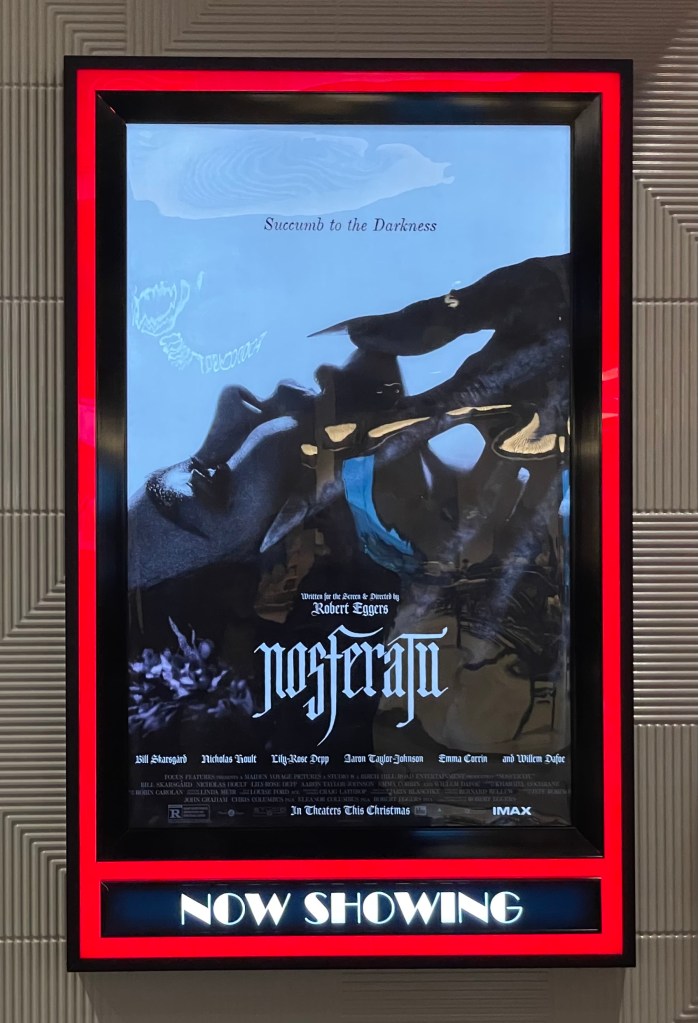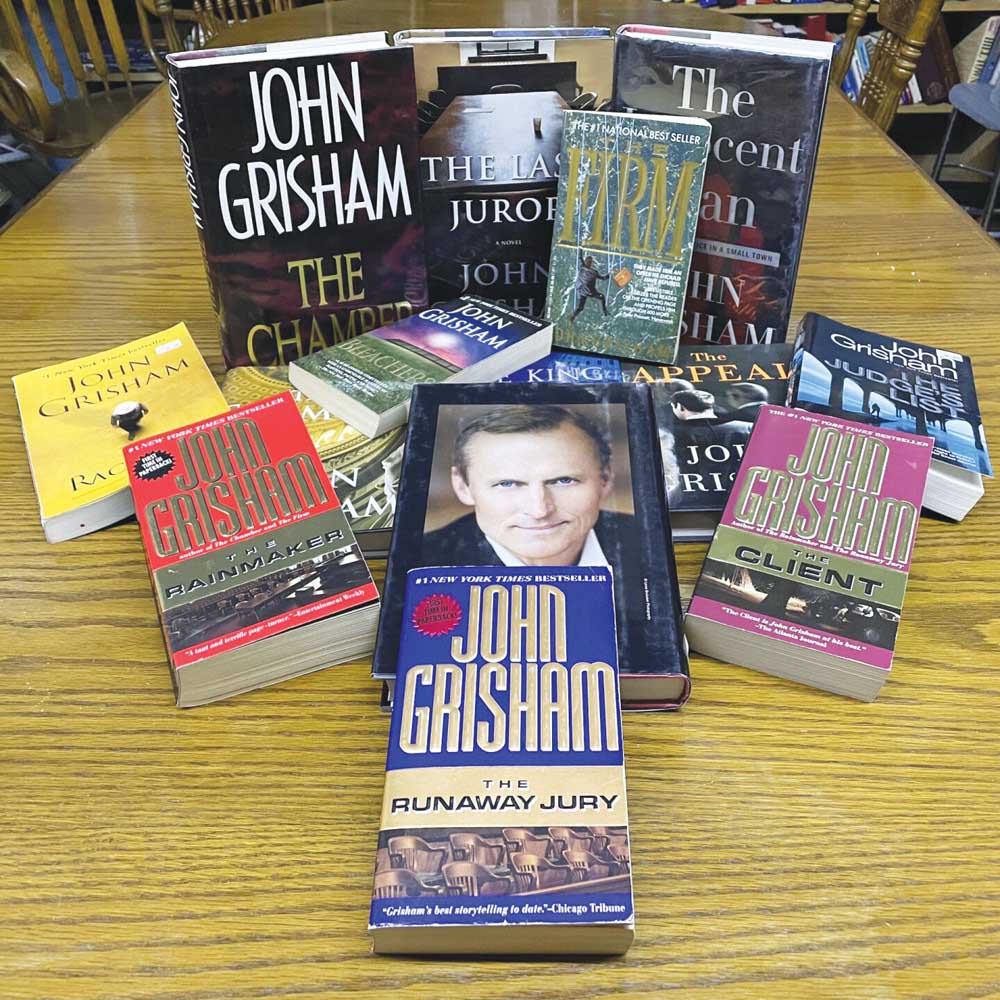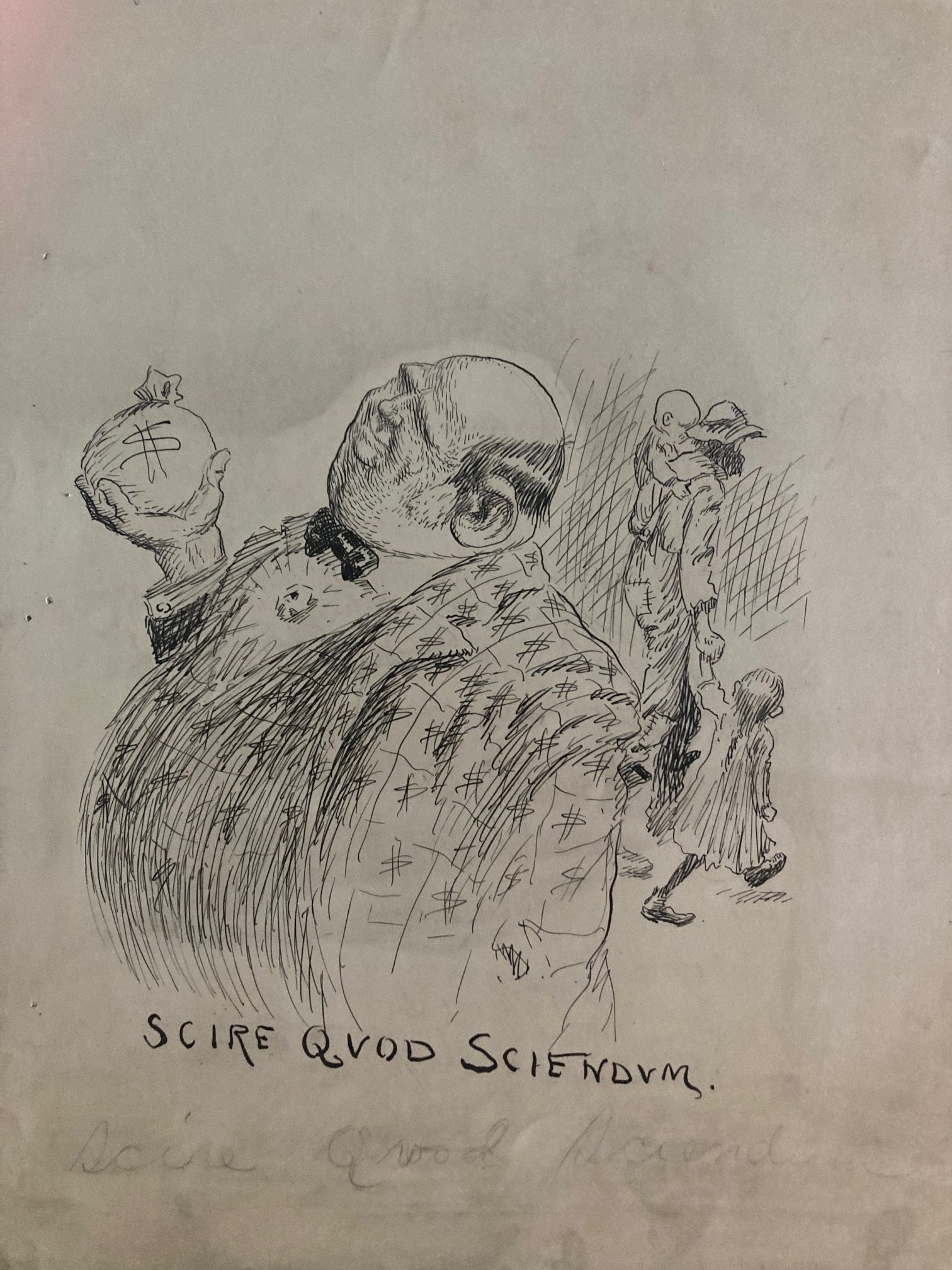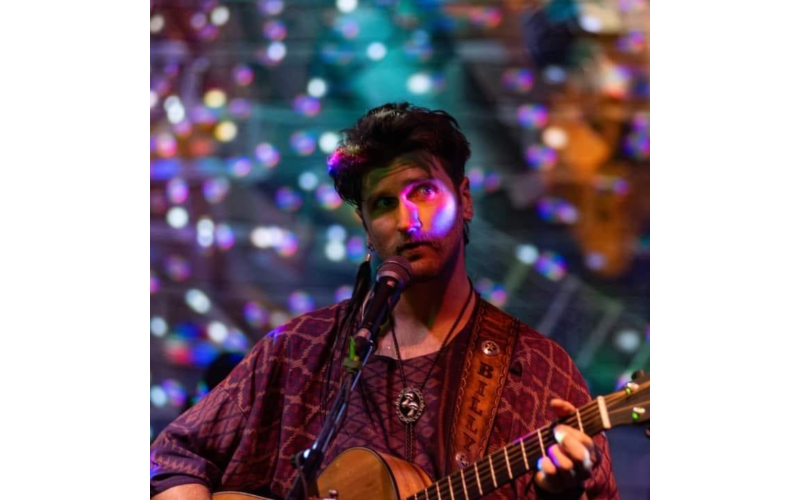‘Nosferatu’ — splendiferous slurpings of the same-old
Published 3:00 am Monday, January 6, 2025

- “Nosferatu” is the latest Dracula tale.
This Christmas saw the release of two new entries in long cinematic traditions. Let us now finally look at Robert Eggers’ vampire epic “Nosferatu.”
Trending
With each new telling of the Dracula tale, the teller is inevitably asked the questions: How does your film compare to Murnau’s “Nosferatu: A Symphony of Horror”? What unique and/or contrasting elements, characters, commentary does your film offer? Eggers’ answers are clear, reverent.
While Herzog’s version takes liberties in its closing, Eggers deviates from canon at the outset, and in the process answers a lot of questions other adaptations let linger.
We open on a shot, taking place years before the main events of the film, of Lily-Rose Depp’s Ellen in a void, calling out for celestial regard. Instead of an angel, Ellen hears Orlok, and welcomes him into her (yes, in a sexual way — “Nosferatu” routinely gets hot and bothered). It is through this character’s eyes and actions, not Thomas Hutter, Knock, or Orlok’s, that our drama unfolds.
Trending
And ravishingly unfold it does. Eggers loves a perfectly-composed frame, a methodically-smooth camera move, a jarringly-precise edit — every image and sound we are treated to is a deeply deliberated treat.
For much of the runtime after its opening, “Nosferatu” is a beat-for-beat retelling of the 1922 film, now featuring slick, top-shelf cinematography and production design. Nicholas Hoult is fun as a terrified, wilting flower Thomas, and Aaron Taylor-Johnson makes a shockingly great turn as Ellen’s friend and caretaker Harding. Bill Skarsgard is unrecognizable as Orlok, a decomposing corpse that terrifies even more in gliding silhouette than in frame.
Though, as the story moves along, one begins to wonder what, besides an updated aesthetic and well-paced scares, Eggers is bringing to this story. Knock is no more than menacing window-dressing, the plague feels like an afterthought, gender dynamics are hardly interrogated, and even Willem Dafoe seems to be coasting on his charms as the occult doctor. What is Eggers actually trying to say here?
And then it clicks. In the best scene of the film, Ellen announces that this infernal shroud that has long been haunting her, the one that she is told to forget, ignore, be ashamed of, is her melancholy.
Orlok in “Nosferatu” is not The Other, or the wreckage of a misogynistic faith, but oblivion, ever-alluring. At the risk of getting too personal, I must say this depiction of depression as a toxic lover resonates powerfully.
Just as quickly as it clicks, however, the film comes undone in its ending.
Without giving the game away, I can say that with this newfound subtext, Eggers lays down some incredibly troubling messaging, and engages in the beatification of an act I cannot condone.
Also, it really did drag along a lot in the back half, but I cannot argue this without a qualifier: my theater experience was severely tainted by a disruptive, disrespectful audience member that had me distracted for the two-thirds of the film he was present (he got kicked out).
Ultimately, “Nosferatu” is most successful as an exercise in style, with fun moments, a refreshing sexuality (could’ve used even more), and one great idea that gets squandered. It is currently in theaters.









